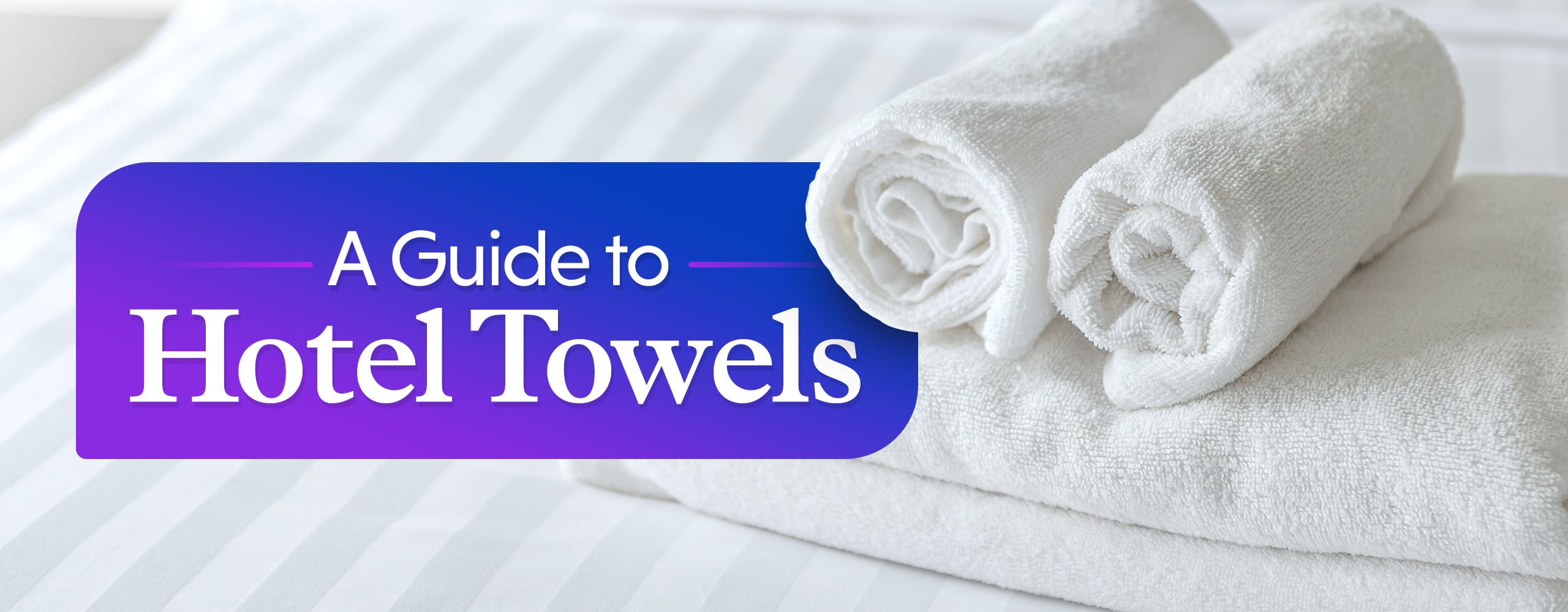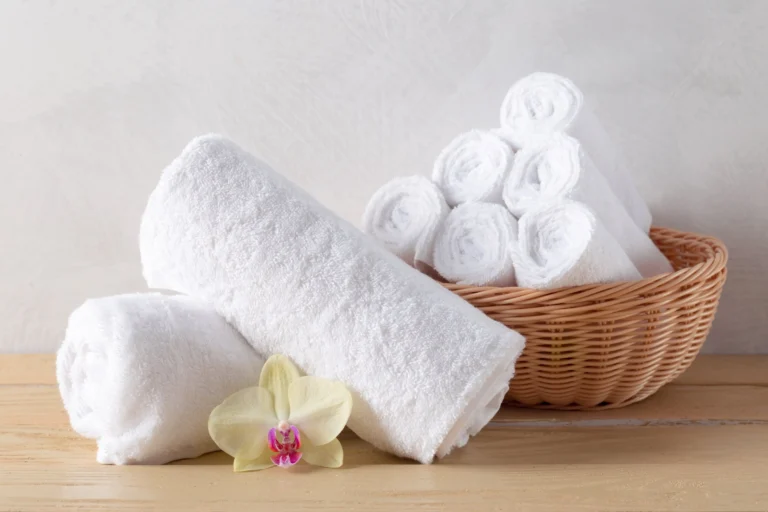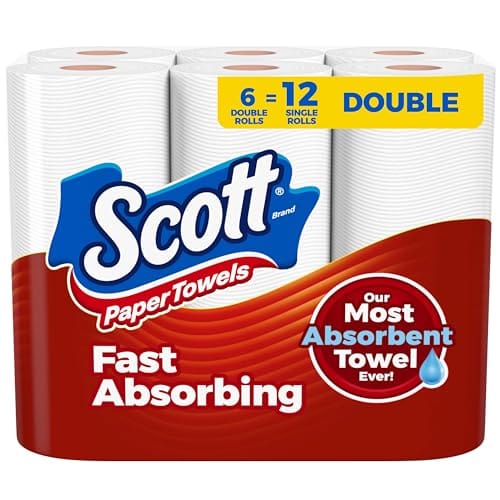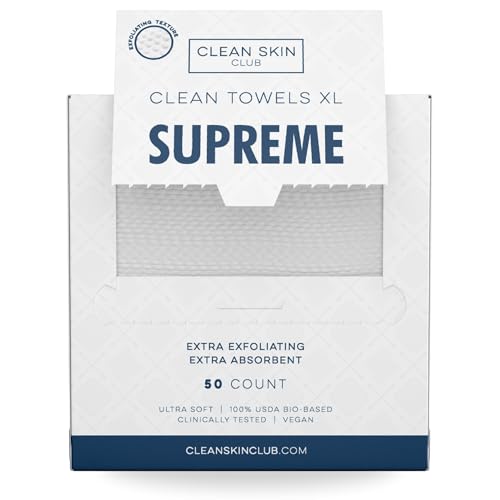A Terry Towel is a textile product made with looped pile that is highly absorbent. It’s commonly made from cotton and is ideal for drying surfaces and bodies.
Terry towels are a staple in bathrooms and kitchens worldwide, valued for their excellent moisture-wicking properties. Comprised of numerous small loops, these towels have the capability to absorb significant amounts of water, making them perfect for drying off after a shower or cleaning up spills.
Their versatility extends to various uses, such as in bathrobes, cleaning cloths, and beach towels. The construction of a terry towel is pivotal in determining its plushness and absorbency. These towels are crafted primarily from cotton due to cotton fibers’ natural absorbency and softness. The production process involves weaving or knitting threads into a fabric that creates the signature loops. The density and length of these loops can vary, enhancing the texture and functional qualities of the terry towel. Consumers often seek terry towels for their durability, comfort, and utility in everyday tasks.
Origins Of Terry Towel
Evolution From Turkish Bath Towels
The journey of terry towels began in 17th-century Turkey. Known for their luxurious bathhouses, the Ottomans crafted towels that could soak up vast amounts of water while providing comfort and functionality. These Turkish bath towels, also known as ‘pestemals’, were thin, flat-woven, and made from cotton and linen reflecting Turkish weaving traditions. Over time, a new weaving technique was developed that incorporated loops into the fabric. This innovation resulted in enhanced absorbency and softness, giving rise to what we recognize today as terry cloth. The thick looped texture not only allowed for more water to be absorbed but also increased the fabric’s durability.Introduction In Europe And America
By the 18th and 19th centuries, terry cloth made its way from Turkey to Europe, where it was embraced for its practicality and plushness. Introduced initially to the French who recognized its potential, the terry towel began its ascent to prominence in European households. The textile’s popularity soon crossed the Atlantic to America. With the industrial revolution, mass production of terry towels began, leading to widespread use not only in homes but also in businesses such as hotels and spas. The United States saw an explosion in terry towel production, further solidifying its status as a staple of everyday life.
Credit: hotelandspaessentials.com
Characteristics Of Terry Towel
Loops For Absorption
High absorbency is key for any towel, and terry towels excel in this. They feature loops of thread—hundreds of them—standing tall to soak up water. The loops increase the surface area and give the towel its superior drying ability. So, a quick pat and you’ll find yourself drier in no time!Soft And Fluffy Texture
When it comes to comfort, the soft and fluffy texture of terry towels is unmatched. This softness is perfect for delicate skin. Gently glide a terry towel over your skin and feel the plush warmth that enfolds you.Quick Drying Properties
Not only do terry towels absorb water well, but they also have quick-drying properties. This means less waiting time between uses and a fresher towel ready for your next shower. Due to the woven loops, air flows easily throughout the fabric, speeding up the drying process.Types Of Terry Towels
Standard Terry Towels
Standard terry towels are the most common type found in homes and hotels. They are typically made of 100% cotton and have a looped design that makes them soft and absorbent. These towels are affordable and come in various sizes, including hand towels, bath towels, and beach towels.Egyptian Cotton Terry Towels
Egyptian cotton terry towels represent the luxurious side of terry towels. They boast extra-long fibers that enhance their softness and strength. These towels are known for their superior quality and absorbency, making them a popular choice for those who seek comfort and durability.Microfiber Terry Towels
Microfiber terry towels are a modern innovation. They are made from a blend of polyester and polyamide, which gives them exceptional absorbency and quick-drying properties. They are lighter in weight compared to cotton towels and often used in sports and travel due to their compact size and easy maintenance.
Credit: www.sidefuchina.com
Applications Of Terry Towels
Bathroom And Kitchen Use
In the heart of the home, terry towels shine for their practicality. They serve multiple roles:- Drying hands after washing
- Wiping spills and cleaning surfaces
- Polishing stainless steel appliances for a streak-free finish
Spa And Salon Applications
In spas and salons, comfort and cleanliness are top priorities. Terry towels are indispensable:- Draping over furniture for a soft, protective layer
- Wrapping clients during treatments
- Drying hair gently without causing frizz
Beach And Poolside Accessories
The quintessential beach companion, terry towels are perfect for:| Use | Benefit |
|---|---|
| Lounging | Softness provides comfort on sand or pool chairs |
| Drying off | High absorbency for quick dry times |
| Shade and protection | Large size offers cover from the sun |
Benefits Of Using Terry Towels
Superior Absorbency
- Fast-drying: Speeds up the drying process.
- High volume: Holds more water than flat-weave towels.
- Efficient cleaning: Ideal for use in kitchens and bathrooms.
Gentle On Skin
- Plush comfort: Feels luxurious against the skin.
- Non-abrasive: Safeguards against skin irritation.
- Child-friendly: A safe choice for children’s delicate skin.
Durable And Long-lasting
| Feature | Benefit |
|---|---|
| Resilience | Stays intact through washes. |
| Quality material | Maintains texture and comfort over time. |
| Colorfastness | Retains vibrant colors longer. |

Credit: www.webstaurantstore.com
Maintenance And Care Tips
Washing Instructions
To keep terry towels fresh and clean, follow these steps:- Separate colors to avoid bleeding.
- Use warm water for optimal cleaning power.
- Mild detergent helps maintain fabric integrity.
- Avoid overcrowding your washing machine; towels need room to agitate.
- Wash towels separately from other garments to prevent pill transfer.
Drying Methods
Right after washing, follow these tips for drying:- Give each towel a shake to fluff up the looped fibres.
- Use a medium heat setting to prevent shrinkage.
- Remove promptly once dry to avoid fibers becoming stiff.
- For an eco-friendly option, line dry in good weather.
Avoiding Fabric Softeners
Fabric softeners and dryer sheets can reduce absorbency and softness of terry towels over time. Instead, opt for these alternatives:| Alternative | Benefit |
|---|---|
| Vinegar Rinse | Boosts brightness and softness without buildup |
| Wool Dryer Balls | Enhances fluffiness and shortens drying time |
Trends In Terry Towel Industry
Innovations In Fabric Technology
As brands compete for the top spot in the textile market, advancements in fabric technology are at the forefront. Terry towel manufacturers are now producing materials that are not only softer but also more absorbent and faster drying. Microfiber terry towels are gaining popularity due to their ability to dry quickly and repel odors.- Hydro-cotton Technology – creates towels that are up to 10x more absorbent than traditional ones.
- Antimicrobial Treatments – enhance the fabric’s resistance to bacteria, reducing odors and extending the towel’s lifespan.
- Zero-twist Yarns – make for fluffier and more luxurious feeling towels without compromising on absorbency.
Eco-friendly Alternatives
The shift towards green living has led to a surge in eco-friendly alternatives within the terry towel industry. These options aim to reduce environmental impact through sustainable sourcing and production processes.| Eco-Friendly Material | Benefits |
|---|---|
| Bamboo Fiber Towels | Biodegradable, softer than cotton, and naturally antibacterial. |
| Organic Cotton Towels | No pesticides used, less water consumption, and hypoallergenic. |
| Recycled Material Towels | Reduces waste, conserves natural resources, and supports recycling industry. |
Frequently Asked Questions On What Is A Terry Towel
What Is The Difference Between A Towel And A Terry Towel?
A towel is a generic term for an absorbent fabric used for drying, while a terry towel has looped fibers specifically designed to enhance absorbency.
What Are Terry Towels Used For?
Terry towels are primarily used for drying bodies and hands due to their high absorbency. They are also popular for household cleaning and in salons.
What Is The Difference Between Cotton And Terry Cloth?
Cotton is a natural fiber, while terry cloth is a cotton fabric with looped threads for enhanced absorption. Terry cloth can also blend with polyester for durability.
Why Is It Called A Terry Towel?
A terry towel is named after the French word “tirer,” implying the pulling of looped piles that increase absorbency.
Conclusion
Efficient, versatile, and cozy, the terry towel is a staple in homes and businesses alike. Its looped fabric design ensures superb absorbency, perfect for drying off swiftly after a shower or tackling spills. Simple care routines keep these towels fresh and fluffy, ready for everyday use.
Discovering the wonders of terry towels shows how a basic item can provide exceptional comfort and practicality. Keep them handy for an unmatched blend of softness and performance in your daily routines.



